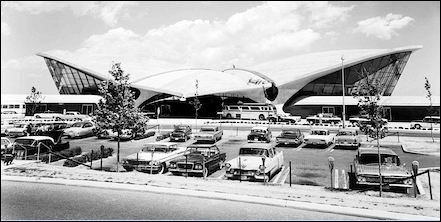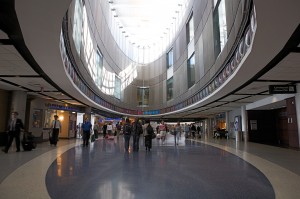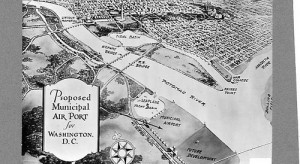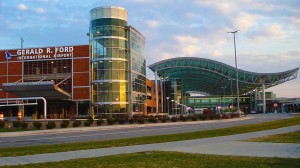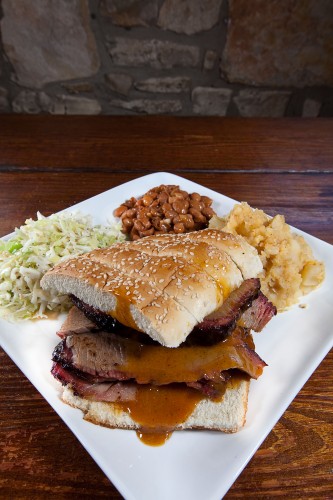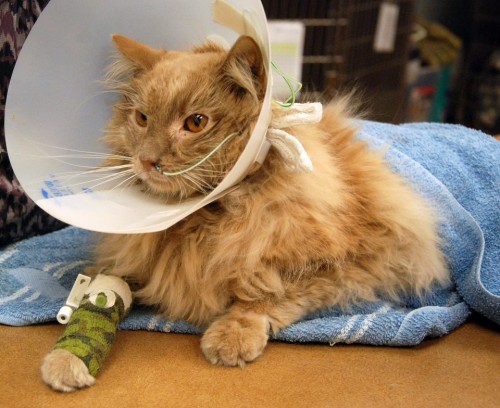Here’s an intriguing idea: the Port Authority of New York and New Jersey, which operates JFK, LaGuardia and Newark International airports, wants to sue unruly passengers who cause major flight delays. This is the story I wrote Monday for msnbc.com.
Unruly airline passengers at any of the three New York area airports (JFK, LaGuardia and Newark Liberty) may soon have to go to court and pay for the cost of delaying a flight.
“On a regular basis we’re having issues where planes have to come back to the gate because of disruptive passengers,” said Steve Coleman, spokesperson for the Port Authority of New York and New Jersey, which operates the three airports. “We’re looking to cut down on the number of incidents that require police response and reduce the amount of time and money airlines lose because of these incidents.”
Coleman said the airport authority is embarking on a campaign that will include the use of social media, posted signs and other methods to strongly remind passengers to behave and follow the instruction of airline crewmembers.
“Our lawyers are also looking at ways we can take civil action against the most egregious cases,” said Coleman.
The cost per hour to operate a U.S. passenger airline is $5,867, according to Airlines for America (A4A), the airline trade association. “So any delay represents a real cost to an airline’s bottom line,” said A4A spokesperson Steve Lott. If the new policy is enacted, the Port Authority might sue passengers responsible for a delay to pay for the related costs.
In 2011, there were 1.3 million flights at the New York area airports and Port Authority and police responded to close to 400 incidents involving disruptive airline passengers. “Most of those were due to people who wouldn’t turn off their electronic devices, which is a federal law,” said Coleman. Many other incidents were related to smoking and passenger disputes.
“And it’s not just a New York thing,” said Coleman. “This resonates with airports across the country.”
Research conducted by the Airports Council International-North America (ACI-NA) shows that passengers often blame the airport for airline-related delays. “So, certainly the discussion the Port Authority is having is likely to prompt other airports to think about this,” said Debby McElroy, ACI-NA’s executive vice president, policy and external affairs.
The incidents-to-flights ratio at the New York area airports and elsewhere “is actually quite low, but any effort that helps enforce the message of what the laws are will help,” said A4A’s Lott.
Brandon M. Macsata, executive director of the Association for Airline Passenger Rights, said he applauds efforts to reduce airline delays, but it seems somewhat unfair to single out airline passengers for systemwide problems. “There can be numerous reasons why passengers might be responsible for delayed flights, including what happened two weeks ago when a family was escorted off the plane because their daughter wouldn’t stop crying.”
Passengers who interfere with the duties of a crewmember and engage in unruly behavior can be fined by the FAA or prosecuted on criminal charges. Reporting incidents to the FAA is at the discretion of crewmembers, and in 2011, as of October, the agency had taken action on 127 incidents nationwide.
“The Port Authority has not contacted the FAA. So we are unaware of their plans,” said FAA spokesperson Alison Duquette. “The bottom line is that people should know if they behave badly on an airplane they can go to jail or be fined.”
What do you think? Should airports be able to levy fines on unruly passengers who cause airplanes to return to the gate?

